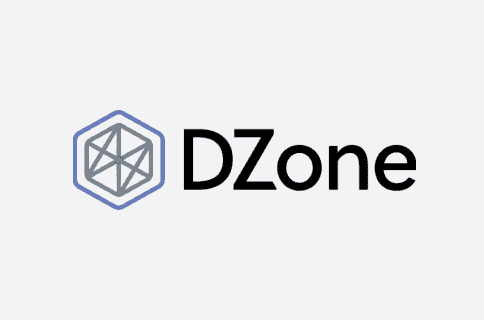Centralize Your Data in Snowflake for Kickass Marketing Analytics Reporting
- Datameer, Inc.
- April 27, 2022

Do you still think your current process of generating marketing reports is working? Your marketing reporting is likely a patchwork of reports generated from various marketing tools like google analytics, email tools, and CRM analytics reports. Bringing it all together in the Snowflake data warehouse to create Snowflake analytics will be a gamechanger that will radically transform how you sell.
Perhaps you outsource your entire marketing analytics to a data engineering and BI team, one that extracts marketing data from the source systems, loads it into a central data warehouse, and performs ad-hoc analysis for you.
Whenever you need a marketing analytics question to be answered, rather than taking a few seconds, it would take a few weeks and a couple of meetings with the data team to get answers.
What if it doesn’t have to? What if every marketer could retain control over their marketing analytics without becoming data engineers or SQL experts?
Stick around, as we explore in this article. This non-technical, easy-to-use interface will eliminate confusing SQL jargon and reduce the time to centralize your data for kickass marketing reporting.
The Marketing Analytics Conundrum
A Marketing report should track customer acquisition cost, ROI, lifetime customer value, and simple trend analysis. It keeps the objectives of all your marketing campaigns in clear sight for the team and shows how they are performing against those objectives.
Several marketing channels like social media and email platforms perform analytics on their tracked metrics. These channels are de-centralized and manage analytics on their respective platforms independently.
However, it quickly gets overwhelming when you have to spend time spooling data from disparate marketing channels. To report on your overall campaign performance, track actionable metrics like ROI, or even compare marketing costs to key outcomes like monthly recurring revenue across all the channels.
It would be best if you gained insight into the performance from a single platform, or else you slow down the decision-making process.
Centralization: The key to a Unified Front
Think of centralization as Sauron from ‘The Lord of the Rings’ having one ring to control all the other rings of power. A centralized system makes you the ‘Lord of the rings’ with all that control.
Gartner inc conducted a study in 2020 on centralization, which revealed that out of 400 of the world’s top marketing leaders, two-thirds of their marketing teams are either entirely or primarily centralized.
That number is sure to have gone up with the presence of sophisticated SaaS platforms like Snowflake.
Snowflake provides an ideal backbone for any marketing company by centralizing all your customer data in one place, creating a unified view. With Snowflake, you can process and store both structured and unstructured data generated from your various marketing channels.
Why You Need To Centralize Your Marketing Reports
If you spend money or any other marketing or sales resource, you need a centralized system to track your marketing ROI. Here are three golden advantages you stand to gain when you centralize your marketing reports:
- Single source of truth: Tracking metrics on various channels create data silos that collect information and perform analytics independently; centralizing these sources brings data together effectively, eliminating data discrepancies.
- Data visualization: Monitor your entire web presence with reporting from any marketing channel, including Google Analytics, Facebook, Adwords, etc.
- Save time and money: Make the best decisions in good time without worrying about data latency. Also, you save money and focus your available resources on the growth and success of your campaigns.
What A Good Centralized System Looks Like
An excellent centralized reporting system should be able to do the following:
- Dashboarding : You should be able to see data presented in a clear, graphical, and visually appealing dashboard
- Robustness: The system should be able to collect and handle data from a large number of sources
- Versatility : It should not only collect data from large sources but integrate seamlessly with all your independent data sources
- Smart Insights: Actionable metrics that drive engagement
But a great marketing system goes above and beyond. It provides shared workspaces for marketing teams to collaborate around models, speeds up projects, and answers those analytic questions that yield higher marketing ROI.
Generating the Coolest Snowflake Analytics Datasets on a Snowy Platform
At this juncture, you’re probably excited about improving your current reporting stack; by leveraging tools that help keep your transformed data models within Snowflake for BI consumption.
Datameer is a data transformation tool native to Snowflake with three well-defined user interfaces for different personas and skills. With the no-code, low-code, and code interfaces, there’s a seat at the table for every team member to participate in the transformation and data modeling process actively.
You save cost on data engineering efforts by distributing workloads, allowing your engineers and analysts to prepare ad-hoc models on the fly, facilitating trust in the data and crowdsourced data governance process.
Conclusion – Snowflake Analytics for the Win!
Don’t invest in any more marketing campaigns until you have the best SaaS transformation tool that fosters collaboration within your team.
Bring your team together with Datameer in Snowflake for the best Snowflake analytics. Your business will thank you!
Ready to start building a data-driven future in marketing?
Learn how to use Datameer on Snowflake with a free trial today


